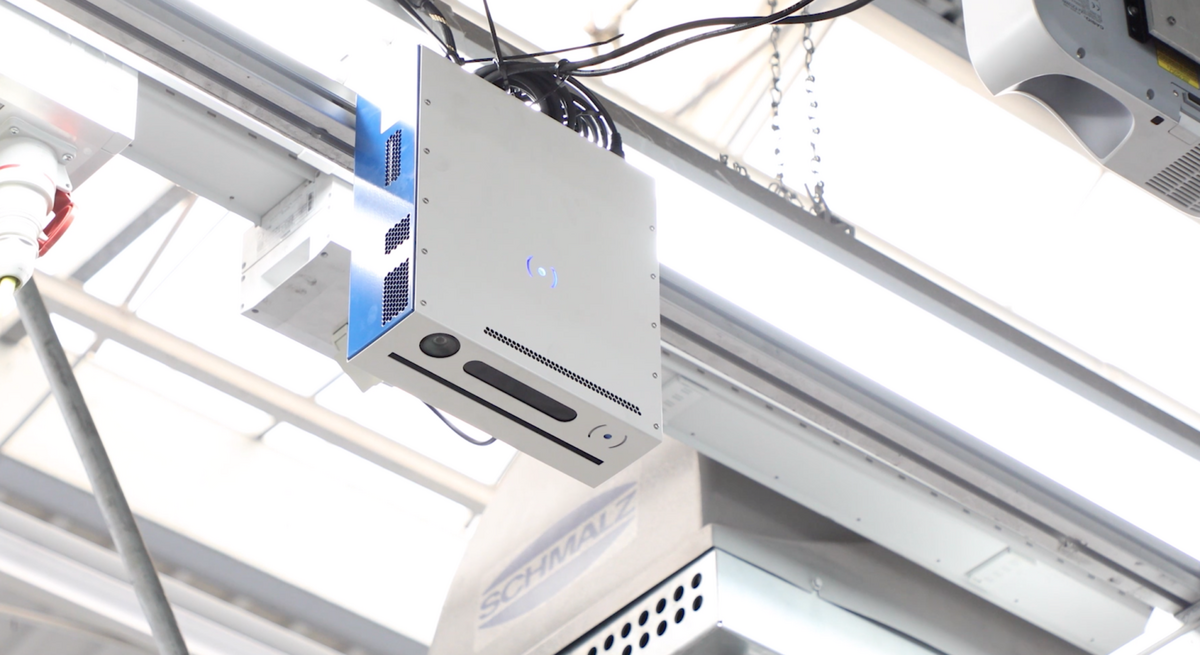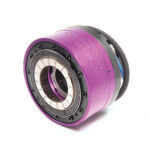~ How to reduce human error and training-time using guidance systems ~
AR allows you to experience an enhanced version of reality. From computer games to manufacturing, this technology can help humans gain repeatable and reliable results just as a robot would. Here, Chloe Reynolds, regional sales engineer for lean enterprise at The Sempre Group, explains how manufacturers can use AR to further bridge the gap between humans and robots in assembly and more.
The global COVID-19 pandemic has forced many operators to develop new skills as they take on a more varied role in a smaller workforce. During this transition, integrating and training new employees is a time-consuming and costly process, and one that may initially result in high rates of human error as trainees learn new manufacturing processes.
The Office for National Statistics highlights the issue that maintaining social distance guidelines has “led to business and factory closures and supply chain disruptions,” making the training process more complicated and costly.
Robots are commonly used to overcome issues, like training time and human error. However, integrating robots into a manufacturing process is not always possible. Aerospace or automotive assembly lines may need to carry out human quality control where a robot may not be able to differentiate between a superficial blemish on the inside of an engine and a potentially dangerous hairline crack on the external wing of a plane.
Bridging the gap between human and robot
AR operator guidance systems, like the Arkite Human Interface Mate (HIM), use AR to transform workstations into a digital and interactive environment. Operator guidance systems reduce human errors by projecting step-by-step instructions onto a surface that guide operators as they work. These systems use safety features, like light picking and visual projection, to notify the user if a step is not completed correctly. It maintains safety and consistency by not allowing the operator to move on unless the task is completed to the correct quality standard.
These guidance systems work on a right-first-time model and reduce the waste commonly caused by human error by up to 75 per cent, delivering a faster return on investment and further bridging the gap between humans and robots.
AR also delivers training benefits. Embedded smart sensors add validation by taking time stamps and qualitatively measuring performance to ensure that certain tasks have been completed correctly. Embedded smart sensors reduce the need for a large amount of management support and training, without forfeiting high quality standards and control over the assembly line. These systems also digitalise the resulting data and integrate it with existing enterprise resource planning (ERP) systems, cutting down on paperwork.
Humans will never have the precision of robots during manufacturing, but the human qualities are why people are so useful. Plant managers can give their operators tools, like AR guidance systems, to make them perform with some of the benefits of a robot, getting the best of both worlds.
To find out more, visit https://www.thesempregroup.com/ today to read more about how you can benefit from integrating AR systems into your production line. Or, to speak to an expert, call +44 (0)1452 632712.






